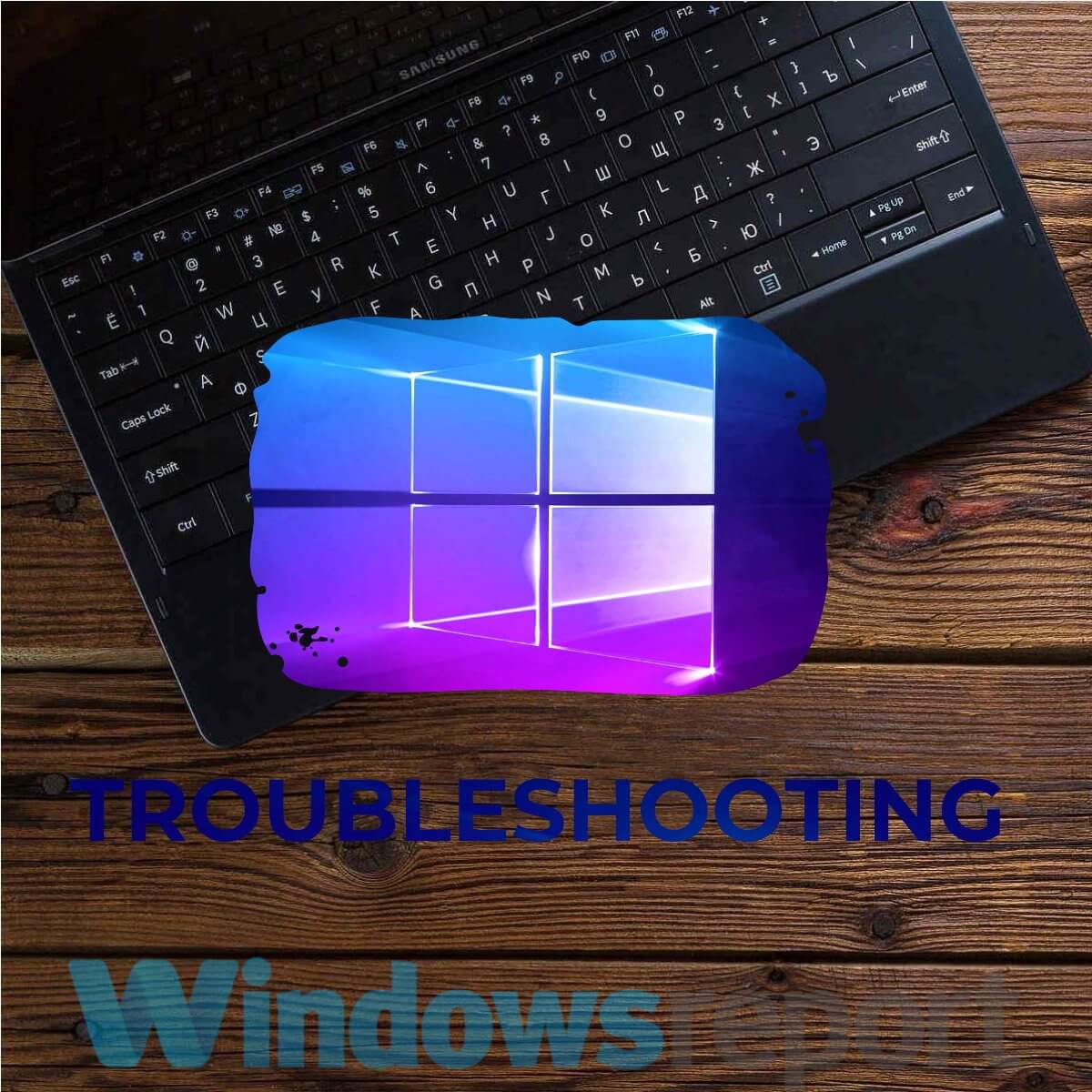
- #Mac font renderer for windows 10 pdf
- #Mac font renderer for windows 10 update
- #Mac font renderer for windows 10 software
- #Mac font renderer for windows 10 download
Korean Sans Serif: Malgun Gothic, Dotum, Gulim Japanese Serif: MS PMincho, MS Mincho, SimSun, NSimSun Japanese Sans Serif: Meiryo, MS PGothic, MS Gothic, Yu Gothic Regular
#Mac font renderer for windows 10 pdf
Qoppa’s PDF rendering engine will use the following CJK fonts that ship with Windows:Ĭhinese Simplified: SimSun, NsimSun, Microsoft YaHei
#Mac font renderer for windows 10 software
Qoppa software will look for the fonts and will select the first one that is found as the default substitute font for that CJK category. From this information, we have developed prioritized font lists for each environment. We have examined recent versions of Windows, OSX and Linux to understand which CJK fonts are provided with the operating system. CJK Substitute Fonts Per Operating System This information is used to select a substitute font. In Qoppa PDF software, CJK substitute fonts are organized into 7 categories: CategoryĪ non-embedded PDF font provides enough information for Qoppa to determine which CJK category is desired for the text. When rendering a PDF document where CJK fonts are NOT embedded (see Referenced CJK fonts), Qoppa’s PDF rendering engine will try and find CJK fonts on the system and use these. This guarantees that the document will render the same regardless of the operating system. When a CJK font (or any other font type) is embedded within a PDF document, Qoppa’s PDF rendering engine will use this font to render the text in the document. There is very little difference between these two fonts so they should be interchangeable for most projects.Substitute Fonts Needed When Non-Embedded


#Mac font renderer for windows 10 download
Use another program Instead of using Preview, Safari, Pages, or other programs that use the OS X frameworks for rendering PDFs, Adobe Reader seems to display the fonts just fine, and is a free download from the adobe site ().Īvoid use of "Times New Roman" If users require a Times or other "Sarif" font for a project that will be converted to PDF for distribution, instead of "Times New Roman" users can resort to the included "Times" font which does not display this problem. This setting only affects Preview, and as such will not change the rendering of the document in other programs that use the OS X PDF frameworks. However, to do this go to Preview's preferences and in the "PDF" section uncheck the "anti-alias text and line art" option. Unfortunately this also removes many of the unique stylings and features of the fonts, resulting in fairly bland text. Turn off text antialiasing in Preview For users who view a lot of documents with antialiased text in Preview, turning off font antialiasing for problematic documents may make text more legible.
#Mac font renderer for windows 10 update
A true fix will have to come from either an update in the affected fonts or in how the PDF rendering handles these fonts, but for now there are a few workarounds that users can resort to.

Unfortunately this is a commonly used font, so any user may run into this problem. Additionally, while it is possible this could be a problem with other fonts, so far it has only been confirmed with "Times New Roman". This indicates the problem is with the built-in PDF rendering in OS X and not with either the document itself or the creation of the document. While this problem occurs when the PDF document is displayed in Preview, it does not seem to occur when the same document is viewed through Adobe Reader or any application that does not use the built-in PDF rendering in OS X. From the "PDF" menu, save the document as a PDF to a desired location and open it in "Preview" to see the improperly rendered text.

Then ensure the font is "Times New Roman" and italicized then press "command-P" to bring up the print dialogue. In order to replicate this problem, open a text editor such as "TextEdit" and type some text.


 0 kommentar(er)
0 kommentar(er)
